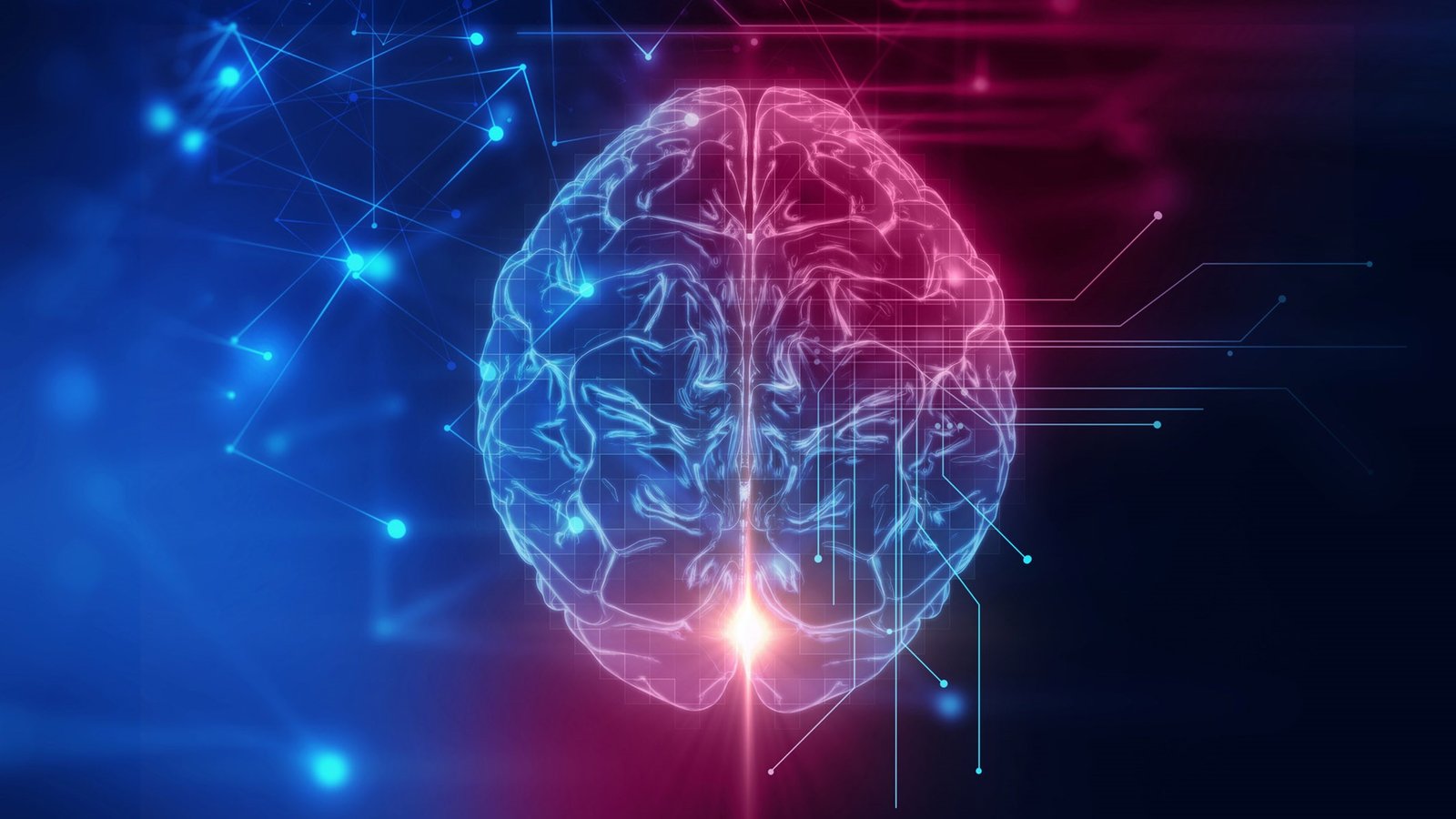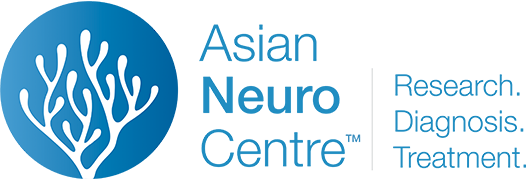Strokes are Brain Attacks. They occur when the blood supply to the brain becomes blocked. A stroke is a medical emergency that needs immediate medical attention.
Stroke is the fifth-leading cause of death in India.
Fast facts on stroke:
- During a stroke, the brain does not receive enough oxygen or nutrients, causing brain cells to die.
- Strokes need to be diagnosed and treated as quickly as possible to minimize brain damage.
- Treatment depends on the type of stroke.
- The most effective way to prevent strokes is through maintaining a healthy lifestyle and treating underlying conditions that could be a risk factor.
What is a stroke?
A stroke occurs when the supply of blood to the brain is either interrupted or reduced. When this happens, the brain does not get enough oxygen or nutrients, and brain cells start to die.
Treatment
As ischemic and hemorrhagic strokes have different causes, both require different forms of treatment.

Stroke Treatment
It is not only important that the type of stroke is diagnosed quickly to reduce the damage done to the brain, but also because a treatment suitable for one type of stroke may be harmful when treating different type.
Rehabilitation
Strokes are life-changing events that can affect a person both physically and emotionally. After a stroke, successful recovery will often involve specific therapies and support, such as:
- Speech therapy: This helps with any problems producing or understanding speech. Practice, relaxation, and changing communication style can all help.
- Physical therapy: This can help a person relearn movement and co-ordination. It is important to stay active, even if it is difficult at first.
- Occupational therapy: This is used to help a person to improve their ability to carry out routine daily activities, such as bathing, cooking, dressing, eating, reading, and writing.
- Support groups: These help with common mental health problems such as depression that can occur after a stroke. Many find it useful to share common experiences and exchange information.
- Support from friends and family: The people closest to a person should offer practical support and comfort after a stroke. Letting friends and family know what can be done to help is very important.
Rehabilitation is an important and ongoing part of treatment. With the right assistance and the support of loved ones, rehabilitation to a normal quality of life is possible, depending on the severity of the stroke.
Prevention
The best way to prevent a stroke is to address the underlying causes. This is best achieved through lifestyle changes, including:
- eating a healthy diet
- maintaining a healthy weight
- exercising regularly
- not smoking tobacco
- avoiding alcohol or drinking moderately
Eating a nutritious diet means including plenty of fruits, vegetables, and healthy whole grains, nuts, seeds, and legumes. Be sure to eat little or no red or processed meat and limit intake of cholesteroland saturated fats. Minimize salt intake to support healthy blood pressure.
Other measures taken to help reduce the risk of stroke include:
- keeping blood pressure under control
- managing diabetes
- treating obstructive sleep apnea
As well as these lifestyle changes, a doctor can help to reduce the risk of future ischemic strokes through prescribing anticoagulant or antiplatelet medication.
In addition, arterial surgery can also be used to lower the risk of repeat strokes, as well as some other surgical options still being studied.
Types
There are three main types of stroke:
- Ischemic stroke: This is the most common type of stroke. A blood clot prevents blood and oxygen from reaching the brain.
- Hemorrhagic stroke: This occurs when a weakened blood vessel ruptures and normally occur as a result of aneurysms or arteriovenous malformations (AVMs).
- Transient ischemic attacks (TIAs): Also referred to as a mini-stroke, these occur after blood flow fails to reach part of the brain. Normal blood flow resumes after a short amount of time, and symptoms cease.
